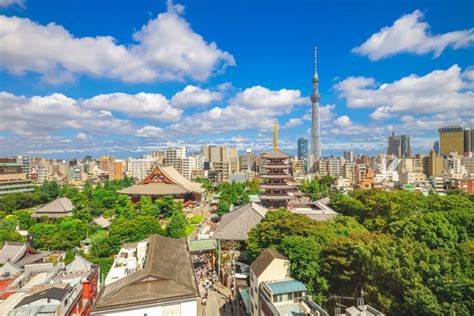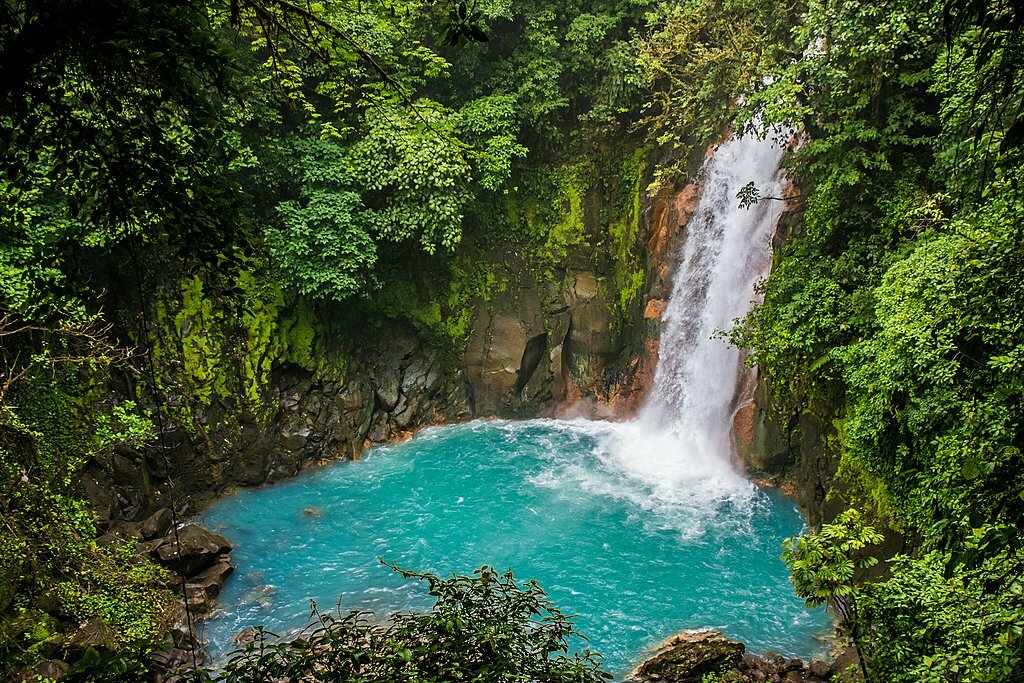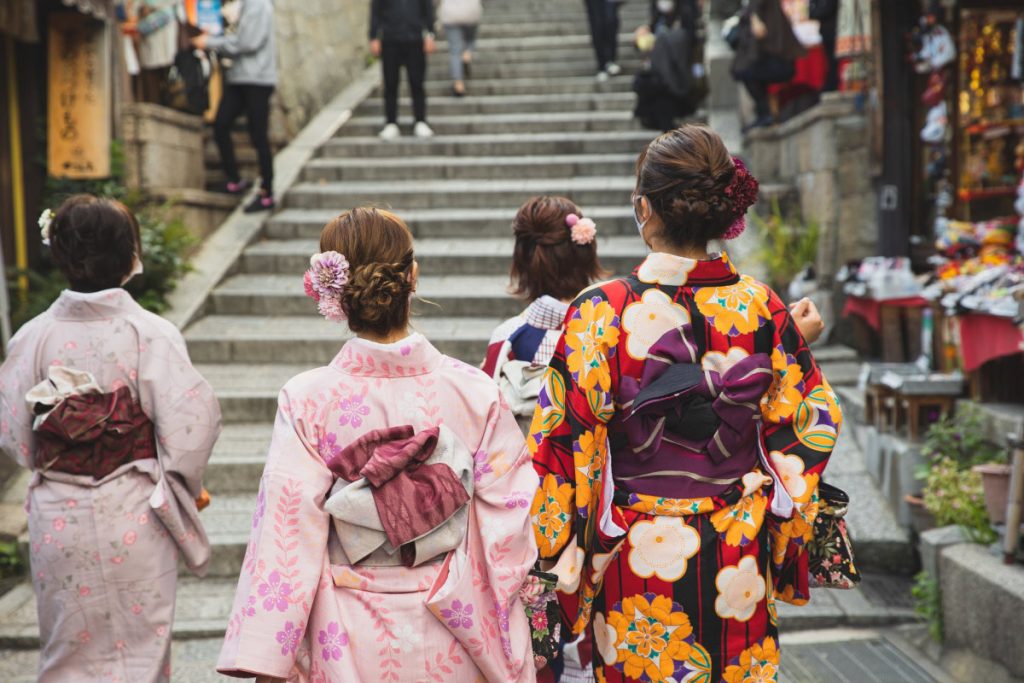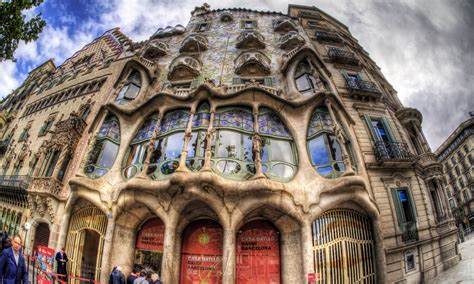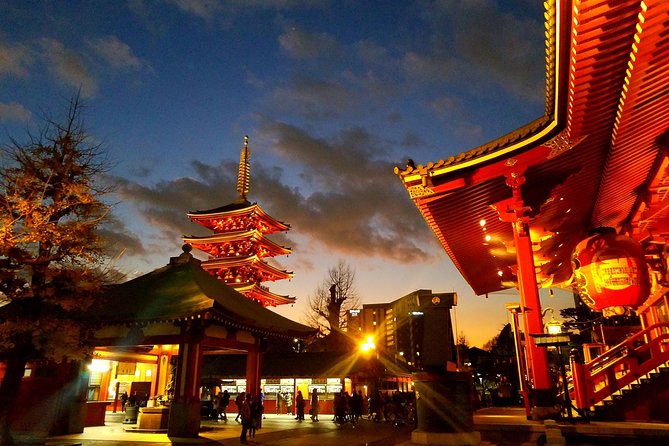Japan, an island nation in East Asia, is a place where ancient traditions seamlessly coexist with cutting-edge modernity. From centuries-old temples to futuristic cities, Japan offers travelers a unique blend of history, culture, nature, and technology. Whether you’re exploring historic landmarks, relaxing in tranquil gardens, or shopping in vibrant urban centers, Japan offers an experience like no other.
Kyoto: The Heart of Japan’s Traditional Culture
Kyoto, once the capital of Japan, is known as the spiritual and cultural heart of the country. The city is home to over 1,600 temples, including the famous Kinkaku-ji (Golden Pavilion), a Zen Buddhist temple covered in gold leaf that sits beside a tranquil pond. Fushimi Inari Shrine, with its thousands of red torii gates winding up the mountainside, is another iconic sight in Kyoto, offering a deeply immersive experience into Japan’s spiritual culture.
In addition to its temples, Kyoto boasts stunning Japanese gardens and traditional tea houses, where visitors can participate in a traditional tea ceremony. The Arashiyama Bamboo Grove, a serene forest of towering bamboo stalks, is a must-see for nature lovers seeking peace and beauty within the city.
Tokyo: A City of Innovation and Excitement
Tokyo, Japan’s bustling capital, is a city of endless possibilities. Whether you’re exploring cutting-edge technology, shopping in neon-lit districts, or experiencing modern Japanese pop culture, Tokyo has something for everyone. Shibuya Crossing, one of the busiest pedestrian crossings in the world, represents the heart of Tokyo’s energetic atmosphere, where thousands of people cross the street in synchronized chaos.
For a more traditional experience, visit Asakusa, home to Senso-ji, the oldest Buddhist temple in Tokyo. Here, visitors can stroll through the historical Nakamise-dori shopping street, lined with traditional stalls offering souvenirs, snacks, and handmade crafts. Meiji Shrine, located in a peaceful forested area, provides a calm escape from the city’s fast pace and is dedicated to Emperor Meiji and Empress Shoken.
Hokkaido: Nature’s Playground in the North
Located in the northernmost part of Japan, Hokkaido is a paradise for nature lovers and outdoor enthusiasts. The island is famous for its beautiful landscapes, including snow-capped mountains, hot springs, and stunning lakes. Niseko, a world-renowned ski resort, draws visitors from all over the globe during the winter season with its powdery snow and excellent slopes.
During the warmer months, Hokkaido becomes a haven for hiking, cycling, and flower viewing. Furano, known for its vast lavender fields, is a must-see during the summer, when the fields bloom into vibrant purple. The Shiretoko Peninsula, a UNESCO World Heritage site, offers pristine nature and diverse wildlife, perfect for eco-tourism and nature walks.
Nara: A Journey into Japan’s Ancient Past
Located just a short trip from Kyoto, Nara is home to some of Japan’s most important historical sites. The Todai-ji Temple, a massive wooden structure that houses the Great Buddha statue, is one of the largest wooden buildings in the world and a must-visit for history enthusiasts. The Nara Deer Park is another popular attraction, where visitors can interact with friendly, free-roaming deer that have become a symbol of the city.
Nara’s tranquil parks and beautiful temples make it an ideal place for those looking to step back in time and immerse themselves in the peaceful atmosphere of Japan’s ancient history.
Okinawa: Japan’s Tropical Paradise
Okinawa, located in the southernmost part of Japan, is known for its tropical climate, beautiful beaches, and rich cultural heritage. The island’s relaxed atmosphere, crystal-clear waters, and coral reefs make it a perfect destination for beach lovers and water sports enthusiasts. Kokusai Dori, a lively street in Naha, the capital city of Okinawa, offers a blend of traditional and modern experiences, with markets selling local products, food, and Okinawan crafts.
Okinawa’s culture is distinct from mainland Japan, influenced by its history as the independent Ryukyu Kingdom. Visitors can explore the Shurijo Castle, once the royal palace of the Ryukyu Kingdom, and enjoy local Okinawan cuisine, which features dishes like Okinawa soba and taco rice.
Mount Fuji: Japan’s Iconic Peak
Mount Fuji, an active stratovolcano, is Japan’s tallest mountain and one of its most iconic landmarks. Standing at 3,776 meters, it is a symbol of Japan’s natural beauty and spirituality. Hiking to the summit is a popular activity during the summer months, where climbers are rewarded with breathtaking views of the surrounding landscape and the opportunity to witness the sunrise from the top of Japan’s most famous peak.
The Fuji Five Lakes region at the base of the mountain offers picturesque views, boating, and relaxation, making it an ideal spot for visitors who prefer to appreciate the beauty of Mount Fuji from a distance.
Japanese Cuisine: A Feast for the Senses
Japan is world-renowned for its cuisine, which emphasizes freshness, seasonality, and simplicity. Sushi and sashimi, made from the freshest fish and seafood, are popular choices for travelers, and dining at a sushi bar is a quintessential Japanese experience. For a hearty meal, ramen is a favorite, with various regional styles offering different broths and toppings.
In addition to its famous dishes, Japan is known for its delicious sweets, such as mochi (sweet rice cakes) and matcha-flavored treats. Visitors can also enjoy kaiseki, a multi-course meal that showcases seasonal ingredients and artistic presentation, offering a glimpse into Japan’s culinary traditions.


